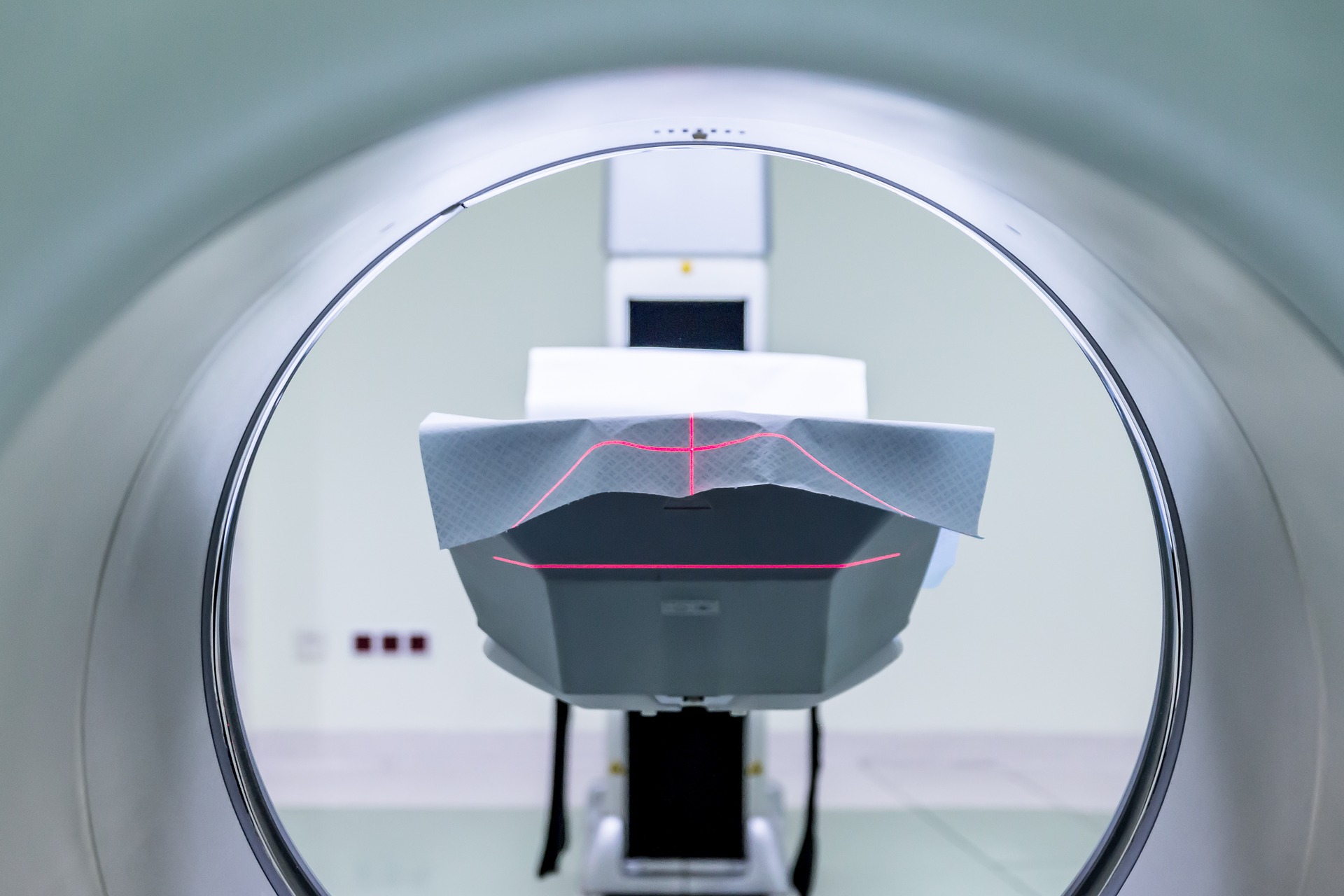Gray matter and gray areas: Examining disorders of consciousness
Patients in a minimally conscious state demonstrate some “off and on” awareness of their environment. They may be able to communicate at times by nodding to ‘yes or no’ questions and in about 20 percent of cases, they may even be able to speak again. In rare cases, they may even regain close to full functional mobility and independence.

Until a few years ago, we didn’t even know that such patients existed. Most of these patients were thought to have “no consciousness whatsoever” or to be in a “vegetative state.”
It is only recently, with emerging technologies such as functional magnetic resonance imaging and close observation from rehabilitation physicians and neuropsychologists specially trained in “disorders of consciousness,” that we discovered that up to 40 percent of so-called “vegetative” patients might have some minimal level of conscious awareness.
“My beliefs are if this is as good as it gets, why hold them here. I don’t want to live in a bed for the rest of my entire being here. That’s no life. Because all you have is a body. He’s not the same Mr. Smith before the accident.”
“I think minimally conscious there’s still ability to have pleasure, to have relationships…so I do think there’s a good quality of life for minimally conscious patients. If there is any evidence of consciousness… I see it as a path to progress. I have seen people make tremendous progress. Many paths or journeys have suffering and difficulty along the way.”
These two quotes, both from interviews with clinicians in a study I am conducting with Dr. Sunil Kothari, illustrate opposing views on life in a “minimally conscious state” after a brain injury. The first is that an individual in these conditions cannot have meaningful interactions with the world and therefore ought to be removed from life-sustaining treatments. The second is that these patients have a good quality of life, and could perhaps regain meaningful interaction over time if given the opportunity.
For patients outside of these specialized programs, we may have had a tendency to give up quickly- one study estimated that one in seven patients who suffered an anoxic brain injury after cardiac arrest may have regained some functional independence, but one third of them had life-sustaining treatment withdrawn in the first 72 hours.
This new discovery about the minimally conscious state raises challenging ethical questions, many of which were covered in a moving series recently covered in a Houston Chronicle, “Alive Inside.” The series tells the powerful stories of several families navigating a medical system that does not always know what to do with patients like these.
There are pressing policy questions here. For example, one week in a rehab program can cost $25,000 and insurance companies require continuous evidence of “progress” in emergence of consciousness, functional mobility, and independence. But as the article notes, progress is hard to predict and often does not happen in a continuous or step-wise fashion when it comes to brain injury — and it may stop altogether at a certain point.
As a result, the ethical discussion is changing from being all about “a right to die” to also about whether there is “right to rehab.” Without continued rehabilitation, muscles may return to atrophied states. However, this also raises important questions about resource allocation. After all, there are a finite number of appointments and hospital beds available.
There is much we still do not understand about the brain, and what it truly means to be alive. Embedded in this discussion are deep and challenging questions about personhood and identity, spanning the often-conflicting realms of science, philosophy, and law. But as our understanding of the brain evolves and changes, so too must our policy approaches and ethical analyses.
-By Jennifer Blumenthal-Barby, Ph.D., M.A., Cullen associate professor of medical ethics and associate director of medical ethics at Baylor College of Medicine



